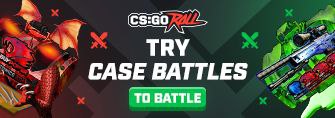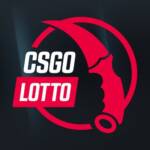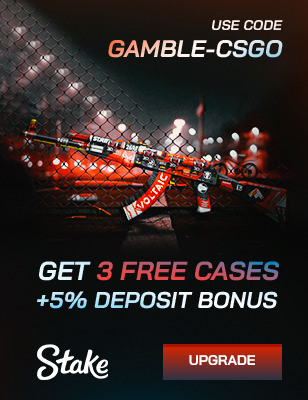CS2 Ranks: All Competitive & Premier Ranks Explained 2025
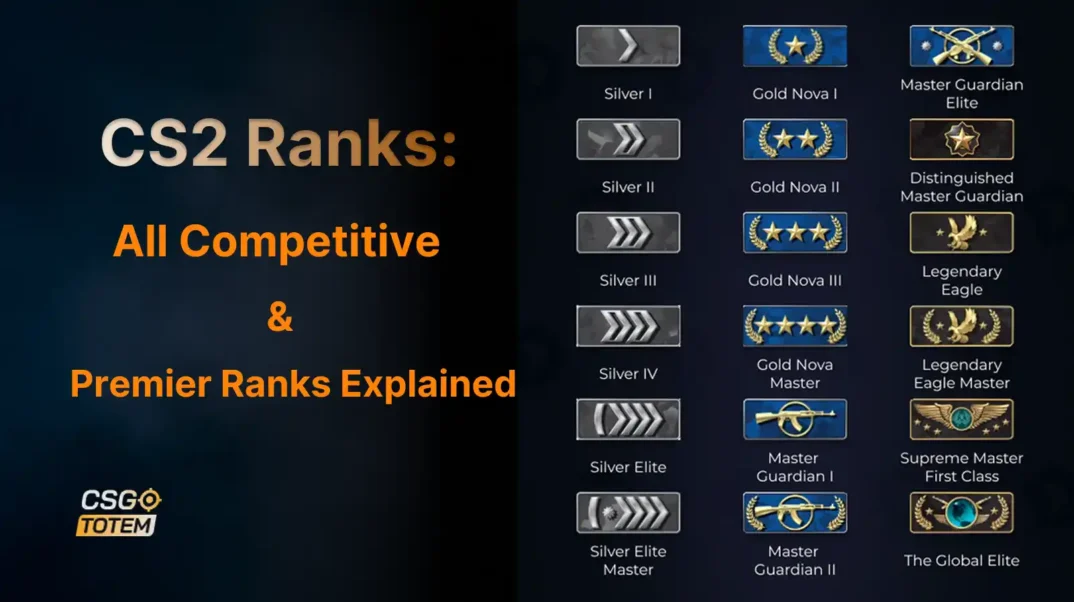
CS2 ranks decide who you will play and the amount of sweat you will produce. Whether you are a new or an old player of CS:GO, it is essential to know and understand the CS2 ranks system so that you do not end up trapped in the Silver hell. Here is our comprehensive guide on all the ranks CS2 contains, the parameters of the new CS2 Premier ranks, the mechanism of placement, and the comparison of the CS2 ranks with CS:GO.
CS2 Ranks – Full Breakdown
When players say CS2 ranks, they commonly mean the CS2 competitive ranks which transfer over from CS:GO. These are the common Silver to Global Elite levels that each old-school player is conversant with. Here’s the ladder:
CS2 Ranks – full list in order of lowest to highest.

- Silver I – The complete beginner level. Players are being trained on the recoil, the movement, and not flash their teammates.
- Silver II–IV – This is a little more, or less casuals. A good one to have beginners who are yet to establish their way around using smokes.
- Silver Elite, Silver Elite Master – Silver Elites, generally with a good shot but bad consistency.
- Gold Nova I-III – The average rank of CS2. Majority of the players are found here. These players are familiar with maps, callouts, and some lines-ups.
- Gold Nova Master – Above-average and often the limit of casual grinders.
- Master Guardian I-II – Here is where the teamwork and strong purpose begin to manifest themselves. Human beings pre-aim, trade and know rotations.
- Master Guardian Elite – More powerful mechanics and more utility.
- Distinguished Master Guardian (DMG) – A large milestone. Tactics and team play is normally known to players here.
- Legendary Eagle (LE) – Experienced players who are highly aiming and well stratified.
- Legendary Eagle Master (LEM) – Almost at the top. Semi pro level mechanics and smart play.
- Supreme Master First Class – The second highest rank. Typically stacked lobbies and high game IQ.
- Global Elite – The highest CS2 all ranks. Only the best of players, such as semi-pros and esports aspirants, would be allowed to become members.
Why it matters: The awareness of the entire ladder will assist players in the setting of the goals and know where they are.
CS2 Premier Ranks – how CS Rating works
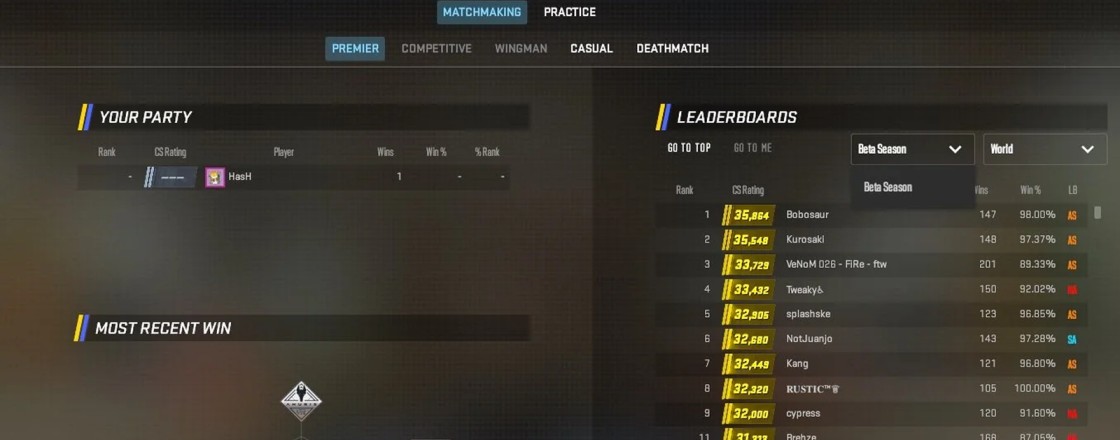
CS2 introduced Premier mode, whereby Silver-to-Global has been replaced by a global CS Rating, and players are not given a badge but a number (similar to Elo in chess). It is a brand new flagship system of Valve and a massive change up to CS:GO.
How it works: Players line up in a Premier, play games, and your CS Rating increases or decreases on the basis of victories and defeats.
Displayed as a number: The greater your number, the greater your position on the world leader board.
No per-map ranks: As opposed to Competitive, your Premier rating exists on a single number on all maps.
Who it’s for: Players who take the game seriously, wish to compete on an international level, and monitor their exact progress.
Why it matters: Premier is the future of CS2 ranks. Valve clearly wants it to become the default ranked mode.
Rank Calibration in CS2 – how placement matches decide your level
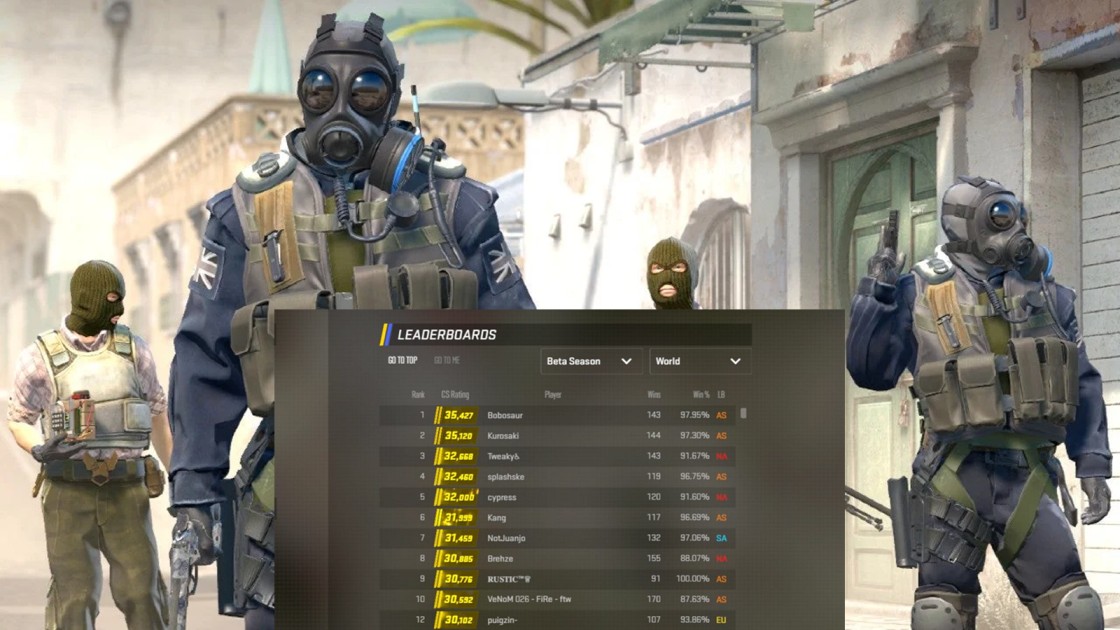
Players have to do a calibration before their rank is displayed in Competitive or Premier. This is referred to as CS2 rank calibration. To do this,
- Players have to finish 10 placement matches in Competitive and Premier.
- Players would begin with their rank based on their victories, performance during a round and the competition.
In Competitive, you rank first (Silver → Global), through calibration.
In Premier, your starting number of CS Rating is set by Calibration.
Why it matters: Calibration is a stressful, but important activity. Those 10 matches set the tone for your grind. Winning early can save you weeks of climbing later in the game.
CS2 vs CS:GO Ranks – comparison and equivalents
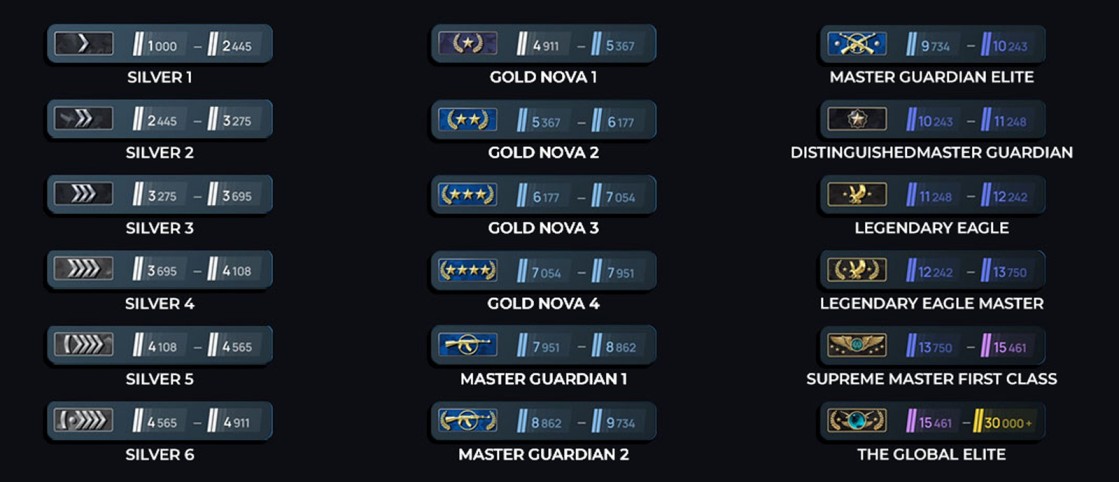
One of the most common questions that returning players ask is: “What are CS2 ranks equivalent to in CS:GO”.
The brief answer is: CS2 competitive ranks are very similar to those of CS:GO. Silver to Global Elite still exists. However, the most significant change is the Premier mode, which has no direct CS:GO equivalent.
CS2 Competitive ranks = CS:GO ranks. That means “Silver 3 in CS2” = “Silver 3 in CS:GO”.
CS2 Premier rating = New system. The closest comparison would be Faceit Elo, not CS:GO matchmaking.
Why it matters: If you’re coming back from CS:GO, your old knowledge carries over to CS2, however, you cannot expect your CS:GO rank to jump straight into a high Premier number on CS2.
Competitive Play vs Premier – what’s the difference?
Here’s the key distinction between the two gaming modes:
Competitive (Classic Ranked):
- Uses the Silver-to-Global ladder.
- Ranks are per-map.
- More casual-friendly.
Premier Mode:
- Uses the CS2 Premier ranks system (CS Rating).
- One global number, across all maps.
- Leaderboard focused.
Why it matters: Competitive mode is okay if a player simply wishes to grind Mirage with friends. However, in case you are interested in acquiring some global status and boasting, then the place to go is Premier mode.
Tips to Rank Up in CS2
Whether you’re chasing Global or trying to climb the Premier CS Rating, here are our proven tips to help all types of players achieve that:
- Play with teammates: Solo queue in CS2 is pain. A duo/pair or stack will give you a better chance of winning.
- Specialize in maps: In Competitive mode, grind one or two maps. In Premier, at least learn lineups on the big ones (Mirage, Inferno, Nuke).
- Learn utility: A $300 smoke grenade can win rounds. Watch pro lineups on YouTube.
- Play the objective: Bomb plants, trades, and team play matter more than dropping 40 kills.
- Avoid tilt queues: Stop after a loss streak. Queue when you’re fresh.
Why it matters: Climbing isn’t about flashy plays, but rather about consistency.
CS2 Ranks – Table
Here’s a CS2 rank table that shows all ranks CS2 has in order, plus equivalents:
Silver ISingle silver starEntry-level, new playersSilver I
| Rank Name | Icon/Level (text) | Description/ Skill Level | Notes (CS:GO Equivalent) |
|---|---|---|---|
| Silver II–IV | Silver stars, increasing detail | Beginners improving slowly | Silver II–IV |
| Silver Elite/ SE Master | Shiny silver icons | Decent mechanics, casual | Silver Elite/ SE Master |
| Gold Nova I–III | Golden stars | Average players | Gold Nova I–III |
| Gold Nova Master | Upgraded gold star | Above-average | Gold Nova Master |
| Master Guardian I–II | Blue shield icons | Good teamwork & aim | MG I–II |
| Master Guardian Elite | Polished blue badge | Strong mechanics | MG Elite |
| Distinguished Master Guardian | Golden shield | Tactical play | DMG |
| Legendary Eagle | Eagle icon | Advanced skill | LE |
| Legendary Eagle Master | Upgraded eagle | Semi-pro tier | LEM |
| Supreme Master First Class | Eagle with star | Second-highest | Supreme |
| Global Elite | Globe + wreath | The very top | Global Elite |
Frequently Asked Questions
How many matches are needed for rank calibration in CS2?
10 matches are needed each on Competitive and Premier mode for rank calibration in CS2 or to get your CS Rating.
What’s the difference between CS2 Competitive and Premier ranks?
Competitive ranking is per-map and is based on the Silver-to-Global ladder, while Premier ranking has an international CS Rating number.
How does CS2 rank distribution compare to CS:GO?
Competitive mode ranking on CS2 (Silver to Global) is the same ladder as CS:GO. But Premier is new in CS2- its analog would be Faceit Elo, not CS:GO matchmaking.
Can ranks be different depending on the map?
Yes. Your rating is map-specific in Competitive mode. There is only one global number in Premier mode.
Does CS2 have hidden MMR?
Yes. The CS2 system captures performance not just in wins even though you may not be able to see. This has an influence on calibration and matchmaking.
What are the best ways to rank up faster in CS2?
Stick with friends, play all the time, and concentrate on winning rounds, and practice smokes in CS2. Climbing is not merely goal oriented, but intelligent play.


